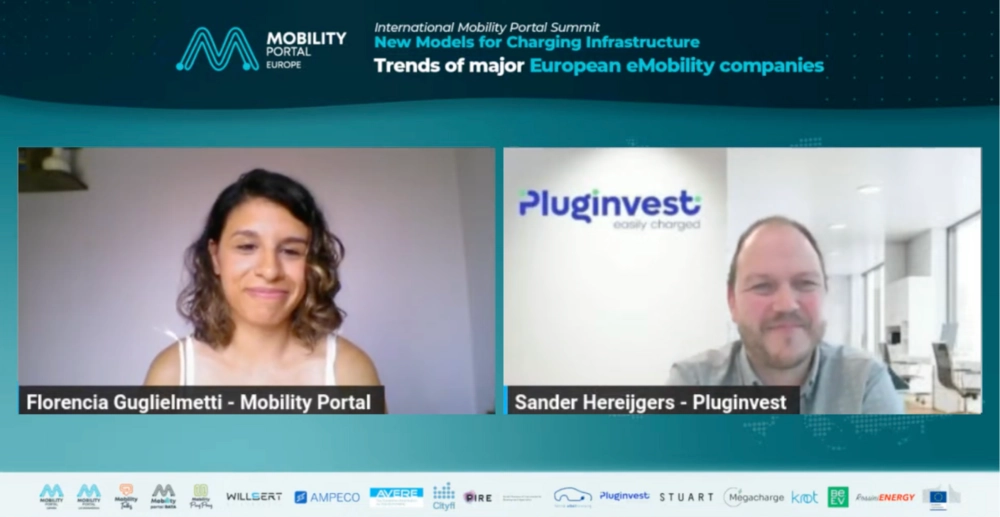Currently, Belgium boasts a network of over 30,000 charging stations for electric vehicles (EVs).
However, a notable disparity in the distribution of these is observed between the regions of Flanders and Wallonia.
The northern region of Flanders leads with the installation of more than 27,000 public points.
In 2023 alone, the growth of public and semi-public devices in this location was 63 per cent.
In contrast, the southern region of Wallonia lags significantly, with only about 3,300 installed stations.
It is widely recognized across Europe as a desert of hubs.
According to data provided by EV Belgium, less than 13 per cent of the 30,000 chargers installed nationwide are located in Wallonia.

“In the southern region of Belgium, public infrastructure is lagging,” emphasized Sander Hereijgers, CEO of Pluginvest, during the “Trends of Major European eMobility Companies”, event organized by Mobility Portal Europe.
“In contrast, in the northern region, we have so many installations of public and semi-public chargers that we are truly becoming a frontrunner in the continent in terms of the number of points per EV on the road,” he added.
What accounts for this stark difference between the regions?
The majority of electric vehicles registered in Belgium are owned by companies, driving the development of charging infrastructure.
The lack of deployment in the southern region is partly explained by the lower presence of company cars, resulting in lower demand and supply of stations.
However, the main reason for this disparity is attributed to various incentives provided by the respective governments.
Lydia Peeters, Minister of Mobility and Public Works of Flanders, has promoted calls for projects and provided financial support for installation costs to companies, sports clubs, schools, and stores making part of their infrastructure available to the public.
Under the Clean Power for Transport (CPT) framework, the government has allocated approximately 23.4 million euros to these initiatives, according to information disclosed by the newspaper De Tijd.
Moreover, specific calls were made to encourage innovative stations, fast and ultra-fast devices.
In total, the minister allocated around 31 million euros in subsidies for these ones.
Currently, Wallonia plans to catch up by creating region-funded charging points in almost all its municipalities.
With a 15 million euros package, the installation of 2,448 devices will be financed until 2026, managed by private operators.
These will have a capacity of 22 kilowatts (maximum 11 kilowatts if two cars are charged simultaneously).
The price will depend on the operator, and a surcharge will apply for those who do not remove their vehicles when the battery is fully charged.
Meanwhile, Pluginvest, the Charging Point Operator (CPO) located in Antwerp, Flanders, continues to drive the deployment of chargers in the territory.
“We will add many more charging points and continue to grow according to market expectations, which indicate that around 200,000 new electric vehicles will be on the road in Belgium,” says Hereijgers.
This will generate significant demand for infrastructure at home, at work, or on the road.
“We want to serve all three as a comprehensive service company,” he emphasizes.
In this way, they work as a one-stop-shop for businesses looking to electrify their properties, whether at home, in the office, or in semi-public or retail locations.
AC or DC charging: What’s the trend in Belgium?
Currently, many players in the eMobility sector are leaning towards installing direct current (DC) chargers, responding to user demand.

Pluginvest argues that this solution is crucial for the road, aiming to eliminate range anxiety during long-distance travel.
This would allow easy charging of the car in around ten to 20 minutes.
While alternating current (AC) is the best option for home use.
“We see a trend towards 11 kilowatts at most,” says the CEO.
In this regard, he asserts that charging faster is not always better, as AC charging is often sufficient for the end user.
However, he considers installing public DC devices to encourage everyone to start driving electric cars.
“That’s why we are installing AC equipments at home and at work, and DC equipments in public areas,” he emphasizes.
Below, the participation of Sander Hereijgers, CEO of Pluginvest, during the International Mobility Portal Summit:








